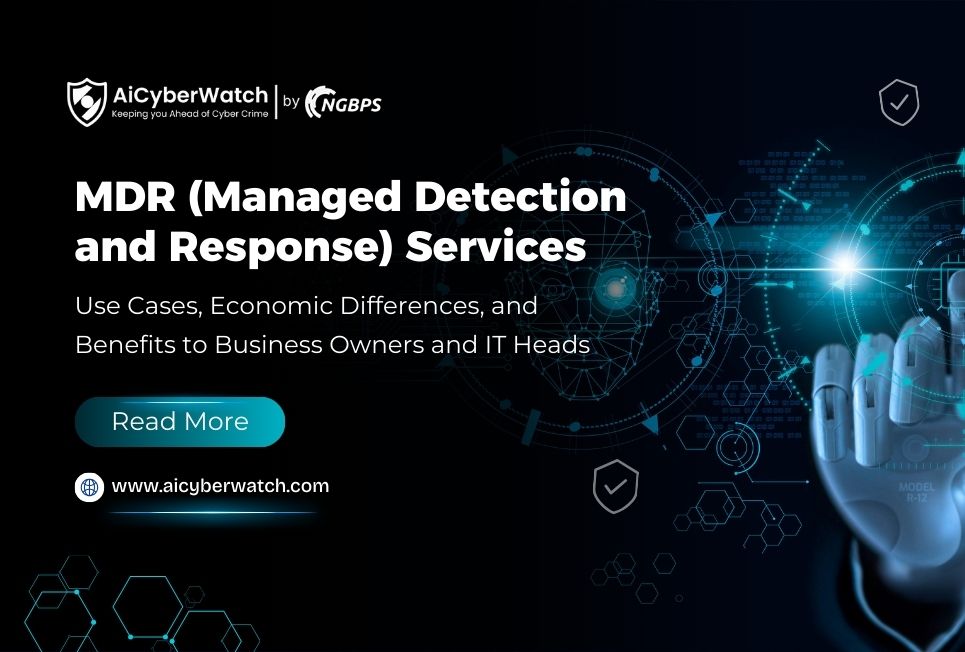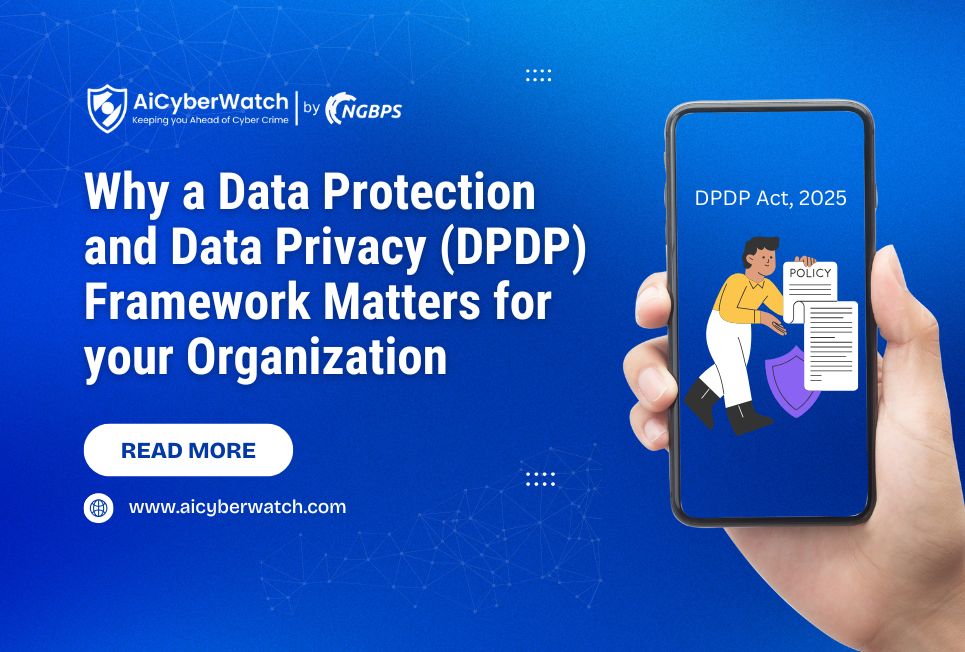In today’s digital world, businesses use web applications to offer services to customers and run their operations smoothly. But this also makes them vulnerable to online security threats that can take advantage of weaknesses in these applications. To reduce these risks, businesses now conduct Vulnerability Assessment and Penetration Testing (VAPT) audits to make sure their web applications are secure.
At AiCyberWatch, we focus on offering complete VAPT audits to protect your digital assets from possible threats. Here’s an easy explanation of how VAPT audits and penetration testing help secure web applications.
Understanding VAPT: Vulnerability Assessment and Penetration Testing
VAPT is a two-step method for finding and fixing security problems in web applications:
Vulnerability Assessment:
- Scans web applications to find known issues, like outdated software, configuration errors, or weak security settings.
- Creates a report that shows the risks and how serious each problem is.
Penetration Testing:
- Simulates real hacker attacks to test if the vulnerabilities can be exploited and what damage could happen.
- Helps businesses see how a hacker might break into their systems and what information or features could be at risk.
Together, these steps give a full picture of a web application’s security, helping organizations fix problems before they can be used against them.
Key Benefits of VAPT Audits for Web Application Security
- Finding Problems Early: VAPT audits help discover security issues before hackers can take advantage of them. This helps stop data breaches before they happen.
- Following Rules: Many industries need regular security checks to follow laws like GDPR, PCI DSS, and ISO 27001. A VAPT audit helps ensure you’re following these rules.
- Managing Risks Better: VAPT helps you focus on fixing the most serious problems first, so you can use your resources wisely.
- Building Customer Trust: Securing your web apps shows customers that you care about their data, building trust and a good reputation.
Common Web Application Vulnerabilities Identified Through VAPT
- Injection Attacks (e.g., SQL Injection): Hackers use malicious code in user inputs to attack the system.
- Broken Authentication: Weak login or security methods that hackers can exploit to get unauthorized access.
- Cross-Site Scripting (XSS): Hackers insert harmful scripts into web pages that run when users visit them.
- Security Misconfigurations: Incorrect settings in servers or software that leave the system vulnerable.
- Insecure Direct Object References (IDOR): Hackers gain access to sensitive data or resources they shouldn’t be able to reach.
Why Choose AiCyberWatch for VAPT Audits?
At AiCyberWatch, we use the latest tools to give you clear advice on how to improve your web app security. With our expertise, we help businesses:
- Stop data breaches and cyberattacks.
- Follow industry security rules.
- Build strong, secure web apps that can handle new threats.
Conclusion
With cyber threats always changing, securing your web apps is a must. VAPT audits and testing help you find and fix security issues, keeping your apps safe from the latest attacks.
Work with AiCyberWatch today to strengthen your web apps and protect your business. Contact us to schedule your VAPT audit and start improving your security.







 Call Us
Call Us